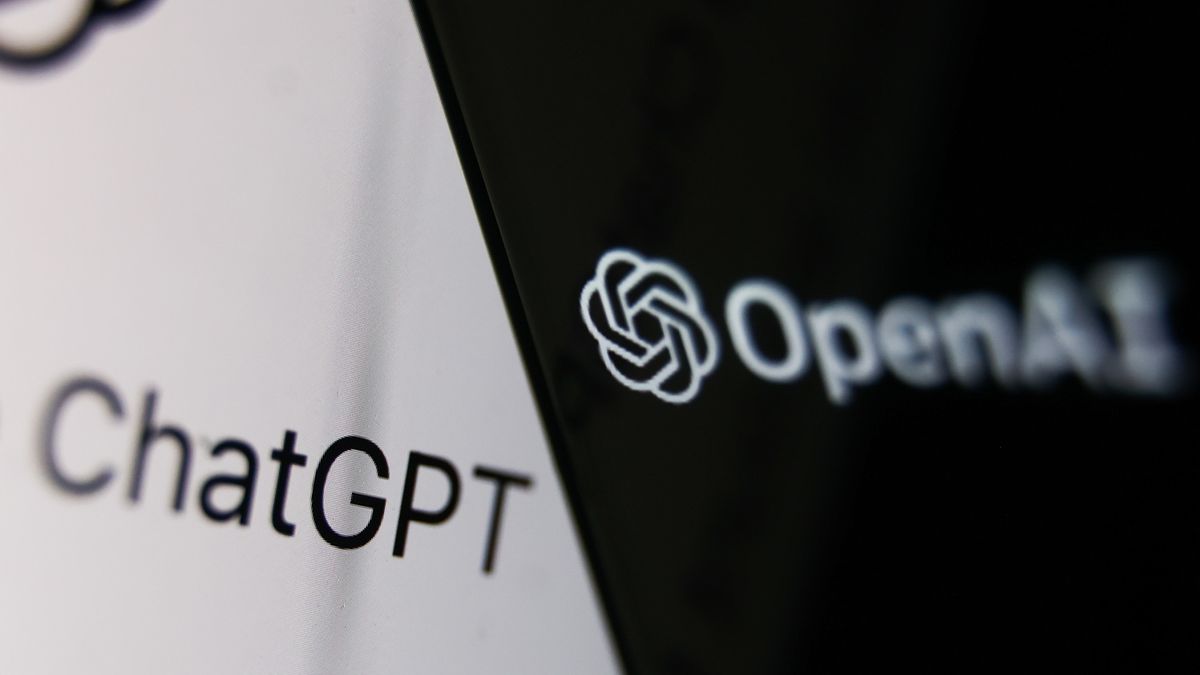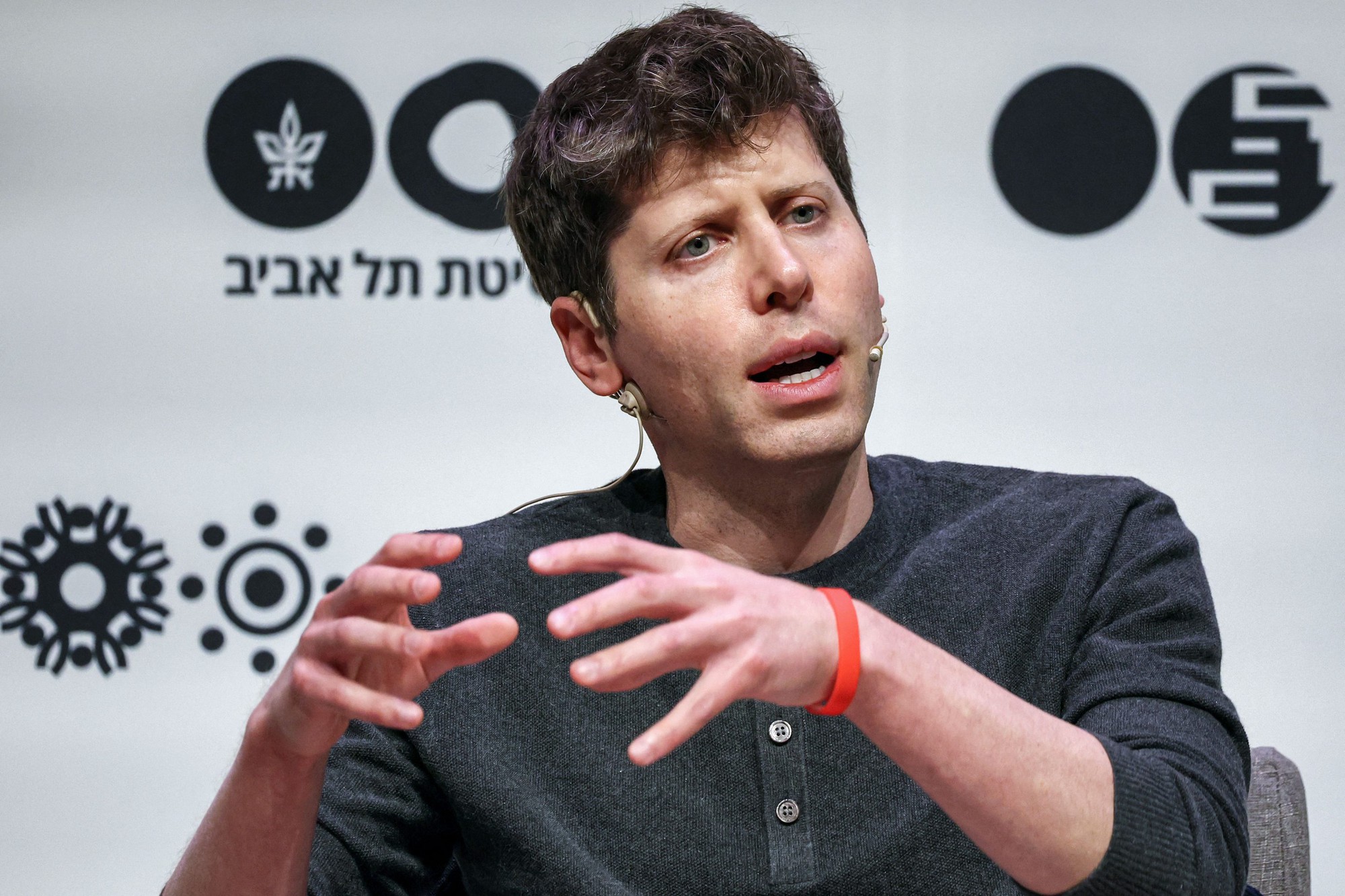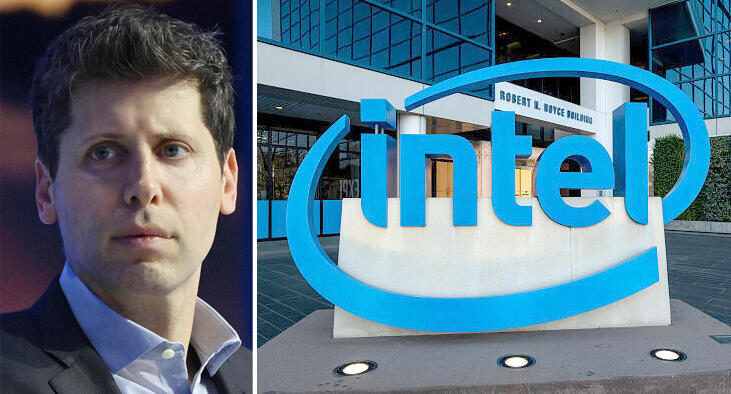Intel missed the opportunity to invest $1 billion in OpenAI in 2017, and that investment could now be worth $12 billion. Could this be the “fatal” mistake of this tech giant?
Intel seems to have made several mistakes in its “long-term vision” over the past decade, and financially, one of the biggest mistakes may have been rejecting OpenAI.
According to Reuters, four sources revealed that during several months in 2017 and 2018, executives at Intel discussed various options to work with OpenAI, including purchasing a 15% stake in the company for $1 billion.

Two of the sources also indicated that discussions included Intel potentially acquiring an additional 15% stake in OpenAI if they provided hardware to the company at a low cost.
Sources told Reuters that at the time, the then-CEO Bob Swan did not believe generative AI models would emerge in the market in the near future, and thus the investment would not yield profits—at least not within the timeframe Intel desired.

With OpenAI’s current market value estimated at around $80 billion, that investment could now be worth about $12 billion, not to mention positioning Intel as a leader in the field of generative AI development.
OpenAI is reportedly interested in an investment to reduce reliance on Nvidia’s chips and build its own infrastructure. It seems this potential deal did not go as both companies might have hoped—because while Intel could have invested early in one of the most benefited AI companies from the current AI boom, OpenAI is still struggling to raise external funding to design and produce its own AI acceleration hardware.
Therefore, a real opportunity for both was missed. And while OpenAI has become the “darling” of AI investment and one of the most talked-about businesses recently, according to some reports, things do not seem particularly optimistic for this company lately.
Will Intel Regret Looking at OpenAI Now?

It has been claimed that OpenAI is currently “burning” $700,000 a day to operate ChatGPT, with this enormous amount reportedly covering the costs of Nvidia’s AI servers. If Intel had provided the necessary investment for OpenAI to develop its own hardware, who knows how things might have turned out differently.
It seems that Intel’s upper management team has struggled to make the right decisions over the past decade. In fact, the current CEO of Intel, Pat Gelsinger, since taking office, the ship has appeared to be sailing in a way that he might not have hoped for. Issues with CPU errors, mass layoffs, cancellation of dividend payments to shareholders, and production problems have all hit Intel recently, and it’s hard not to think that the company is currently at its lowest point in years.

Is “Giant Intel” Approaching Its Demise?
Intel has been and continues to be a seemingly invincible giant in the tech industry, but it is indeed facing quite a few troubles. Poor long-term planning, missed opportunities, and bad calls. Intel may still be a tech giant, but it makes you wonder how many wrong decisions they can make before they find themselves completely stranded “on a rocky shore.”